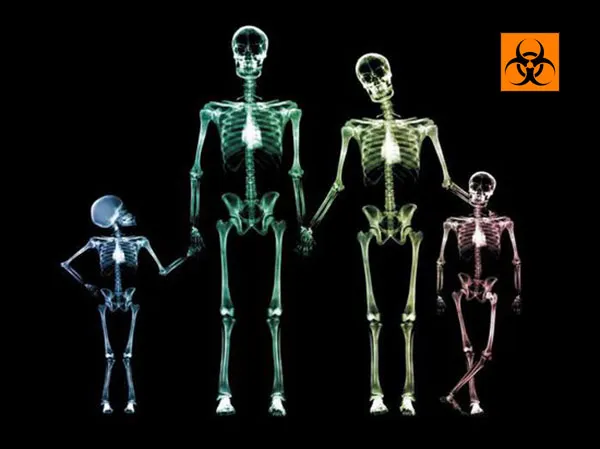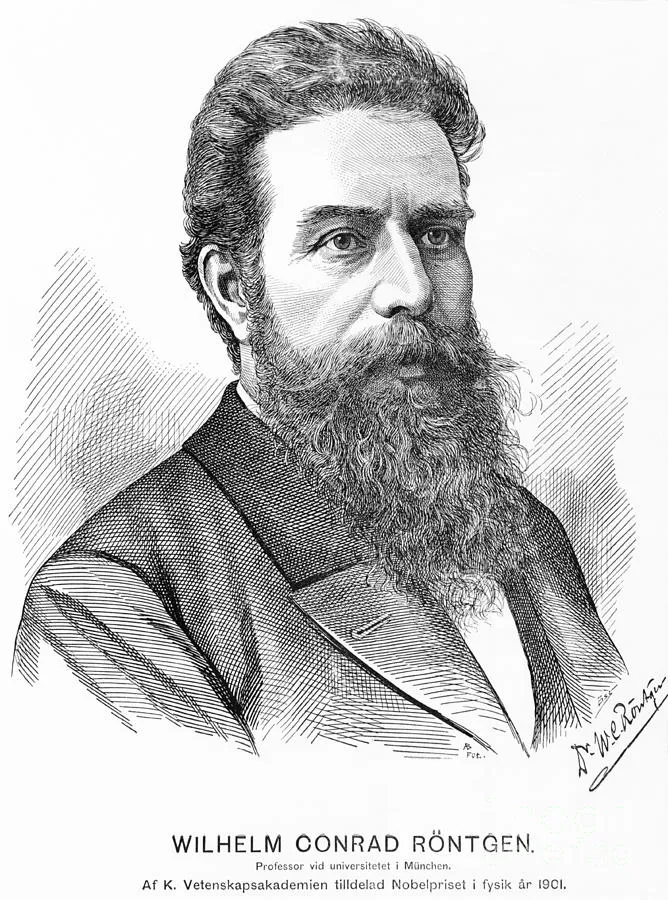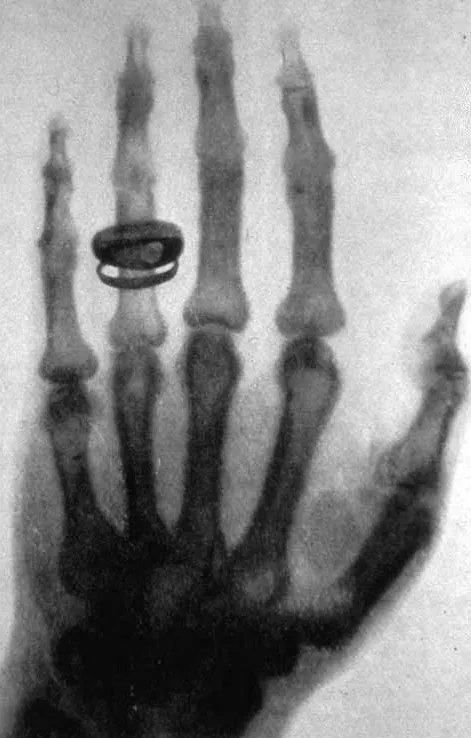On this day 123 years ago, a German physicist, professor and rector of a university in Bavaria, Wilhelm Konrad Roentgen, experimenting in the laboratory, unexpectedly made a discovery - the "all-pervasive" rays, which were subsequently named worldwide as X-rays.

It happened like this. After the end of the working day, Wilhelm Roentgen remained in the laboratory and experimented alone. He turned on and off the cathode tube, closed on all sides with thick black paper. Nearby were platinum cyanide barium crystals. When he turned on the tube crystals began to glow. The scientist turned off the current - the crystals ceased to glow. When the current was reapplied, the crystals resumed luminescence. As a result of further research, the scientist came to the conclusion that an unknown radiation, which he later called X-rays, comes from the tube. As it turned out, X-radiation is able to penetrate through many opaque materials. The scientist made the first pictures using X-rays.
This discovery of Wilhelm Roentgen quite strongly influenced the development of science. The study in the field of the structure of substances was completely revised and gave a new round in research in the field of classical physics.

